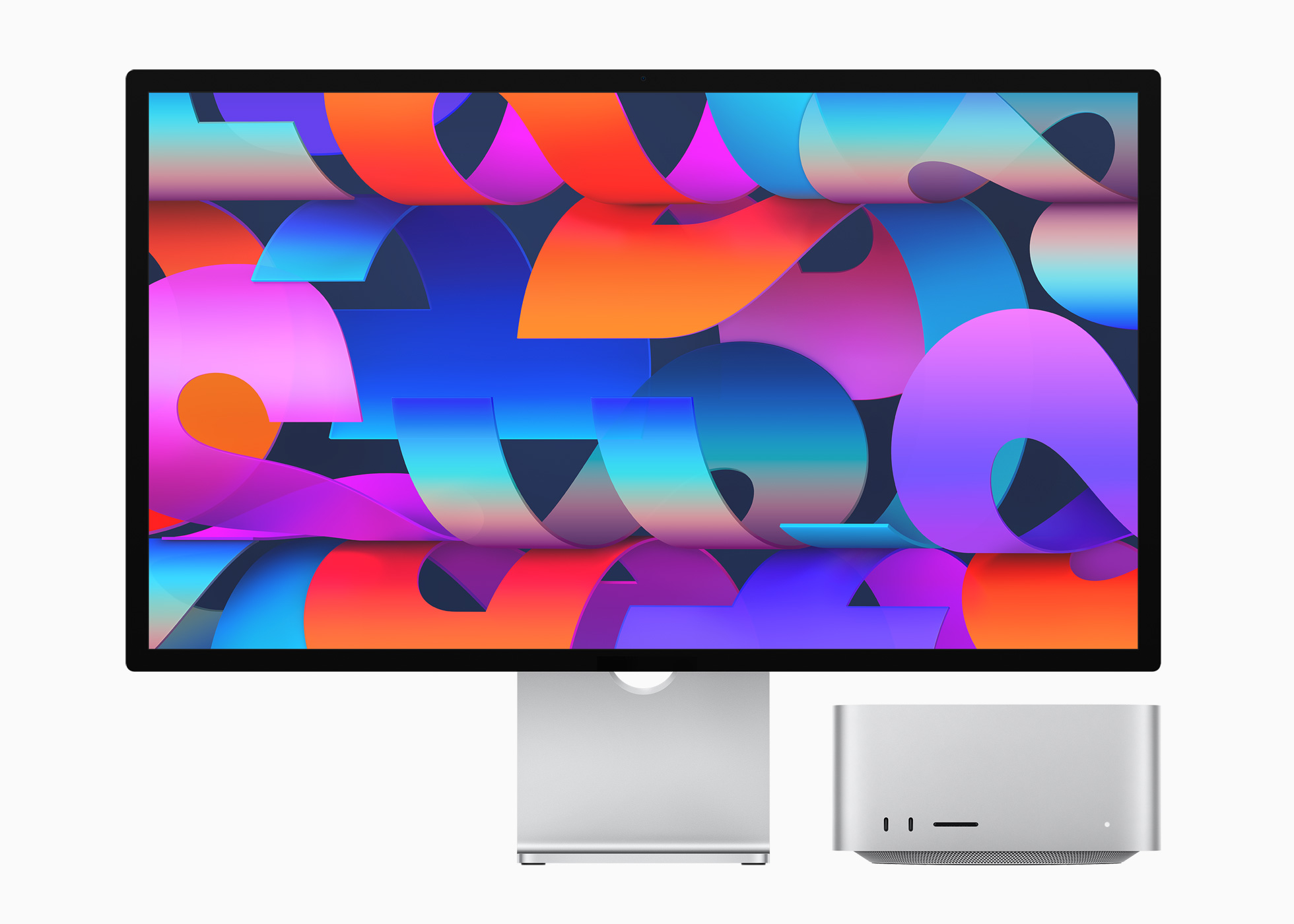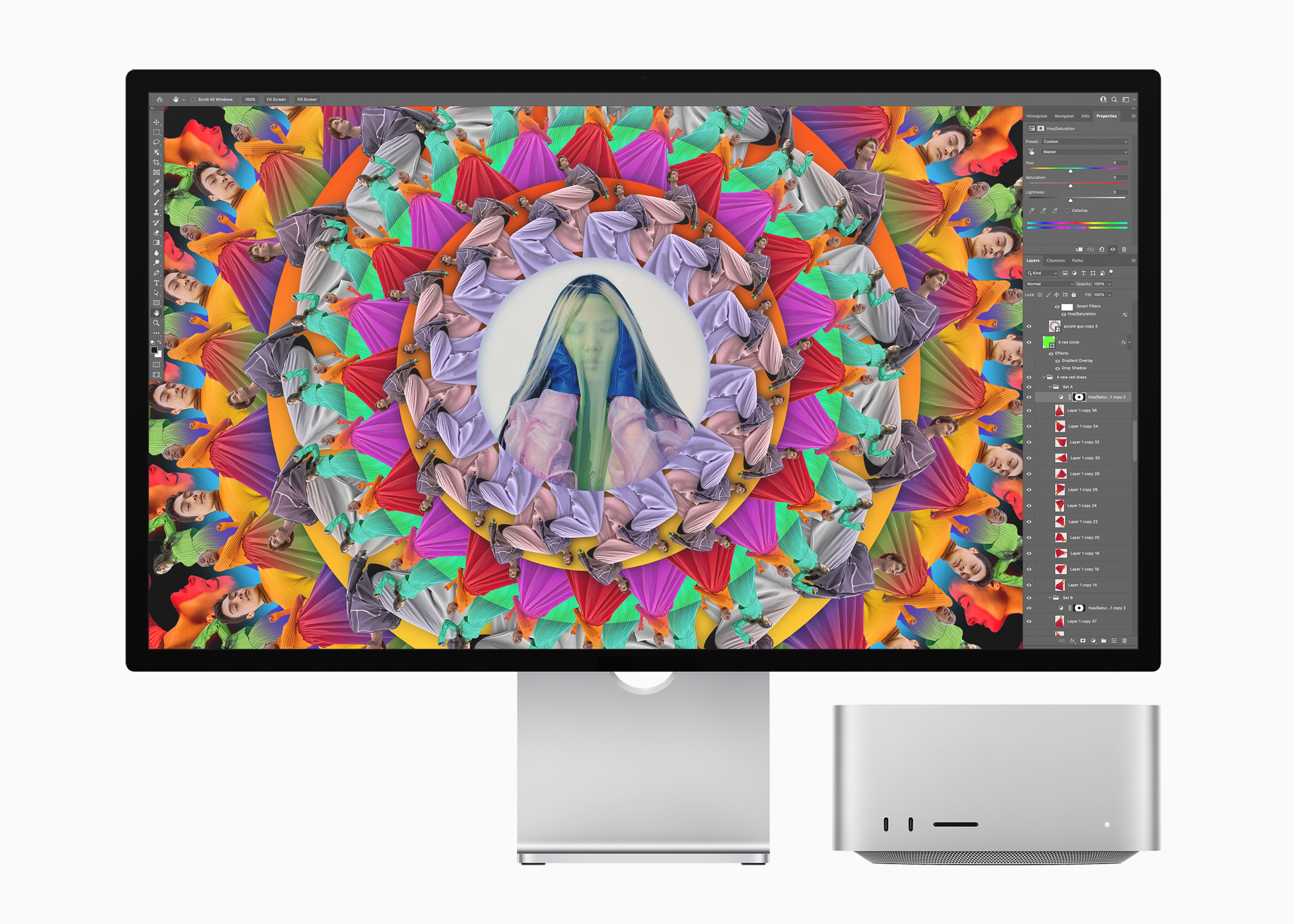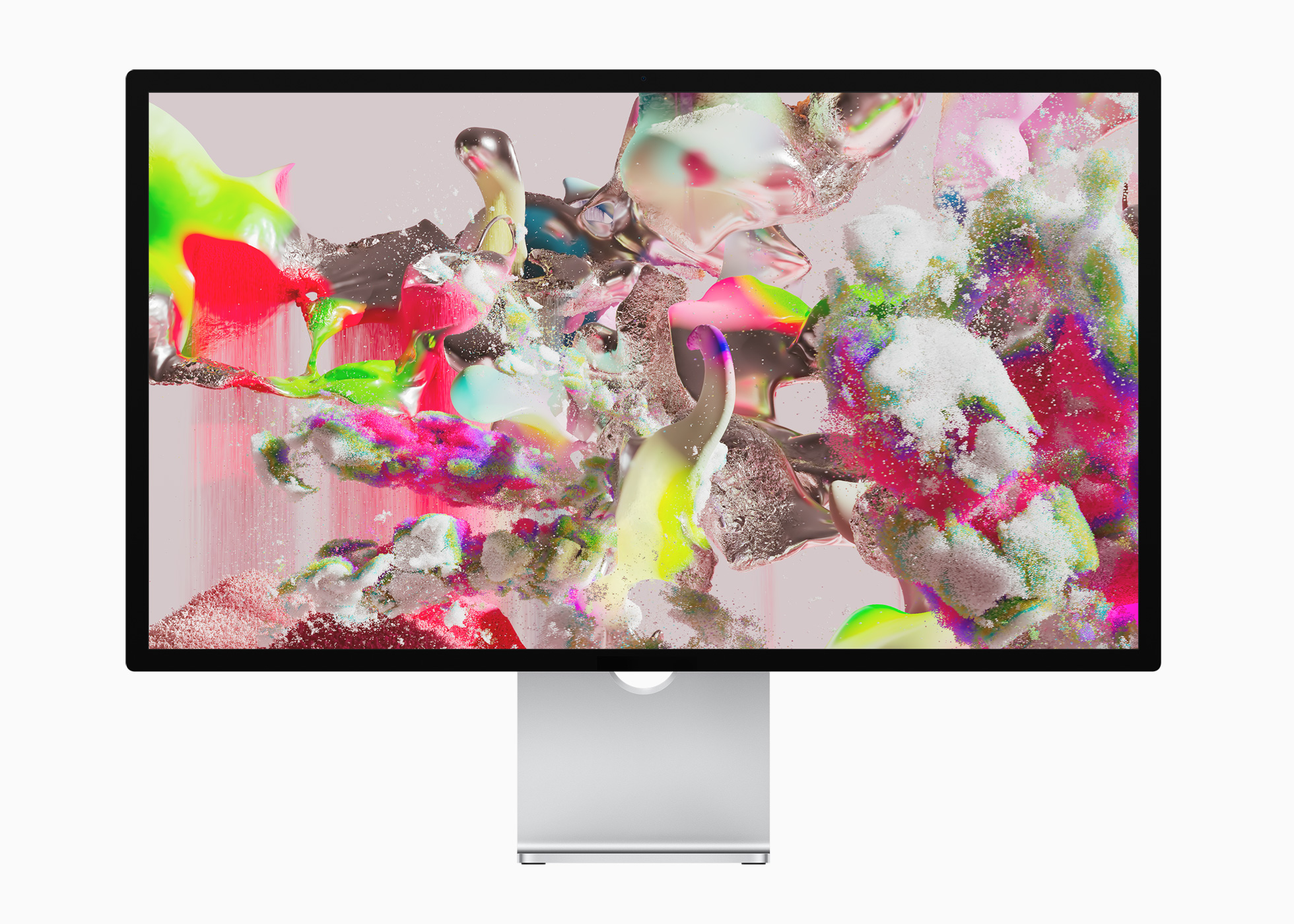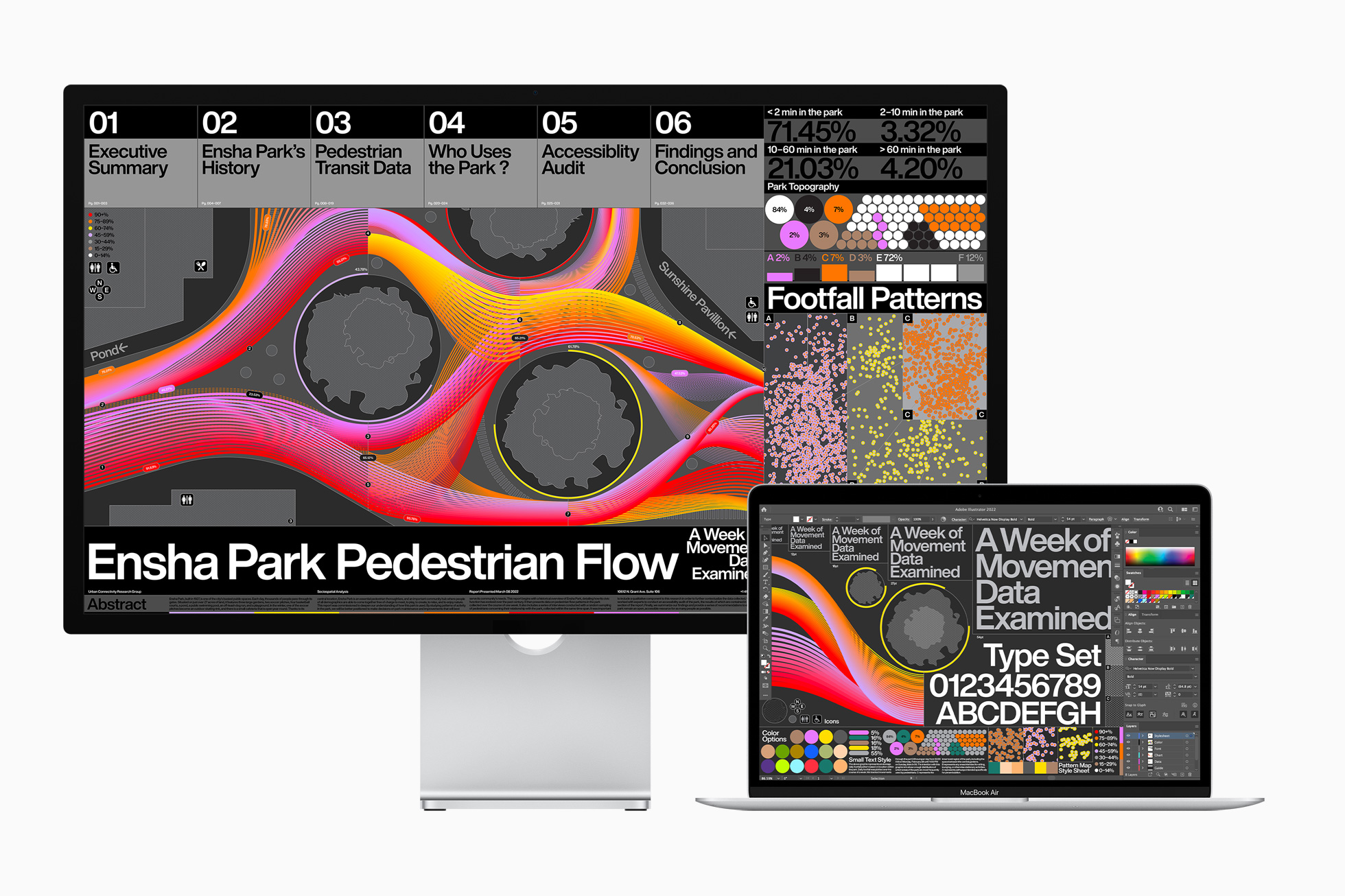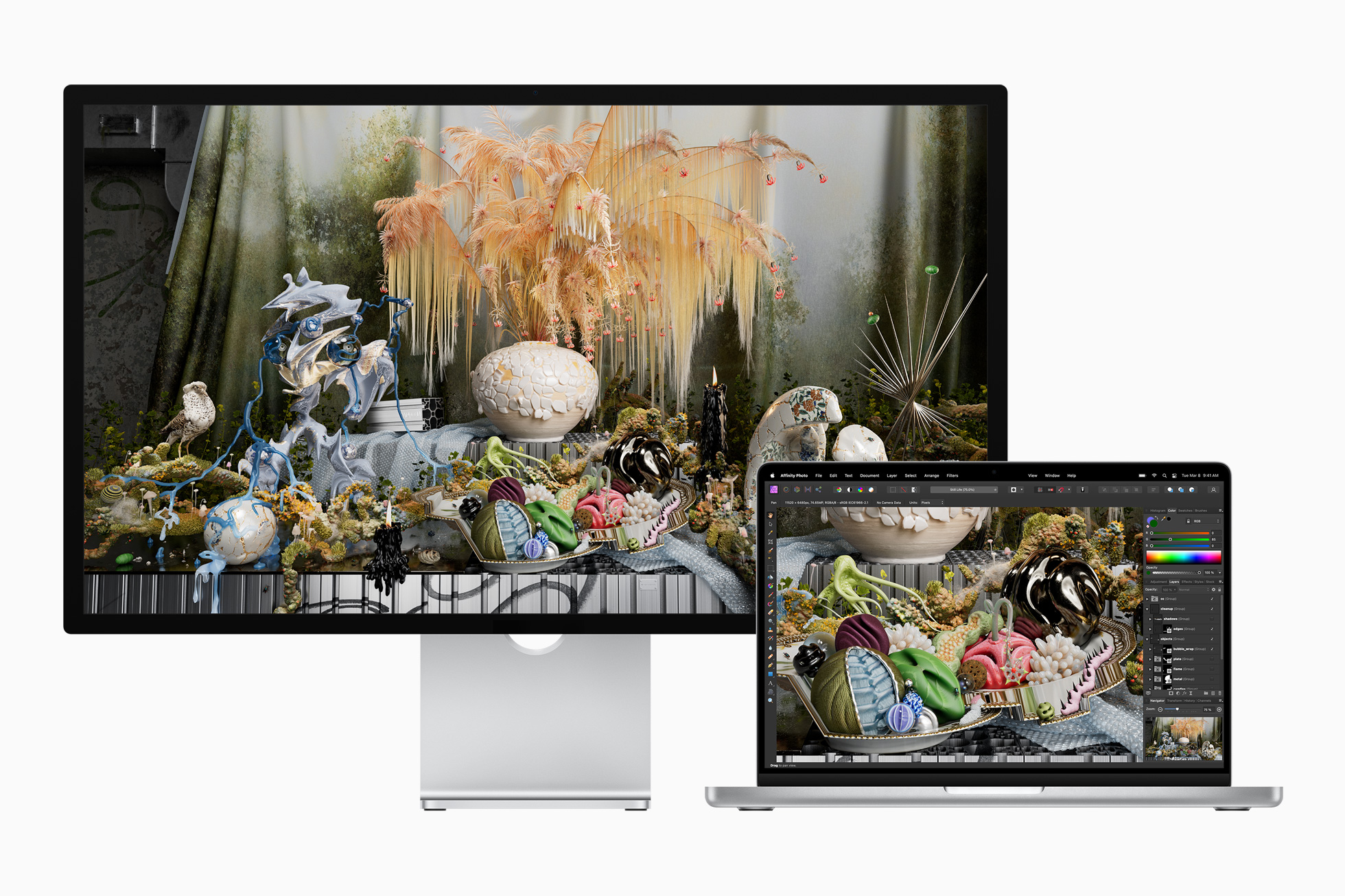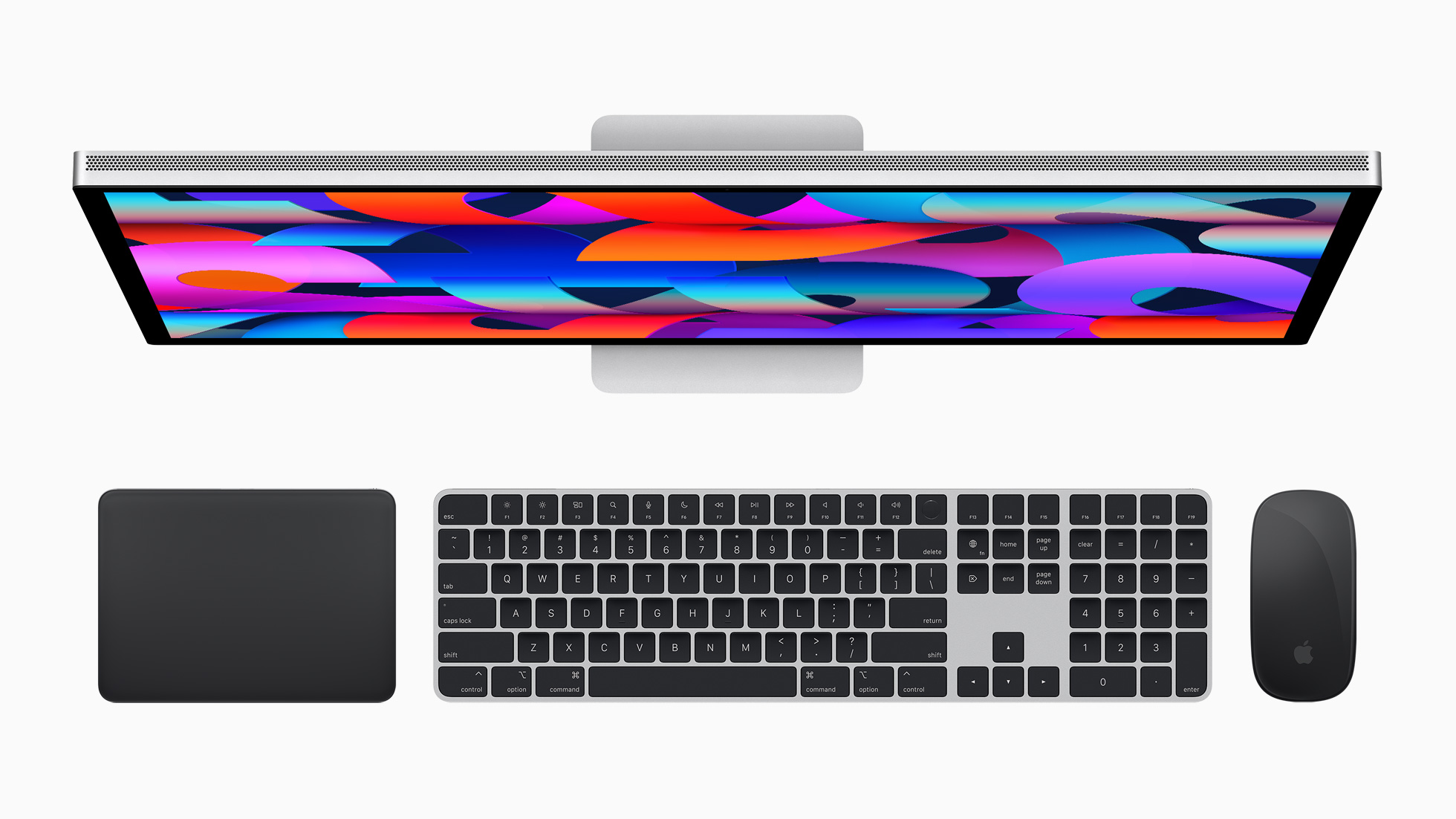Apple managed to surprise us this week with the new Studio Display monitor, which is even equipped with Apple's own A13 Bionic chip. Specifically, it is a 27″ Retina 5G display. But it's not just a completely ordinary monitor, quite the opposite. Apple has raised the product as such to a completely new level and enriched it with a number of other functions that simply cannot be found in the competition. So what does the display offer and why does it even need its own chip?
It could be interest you
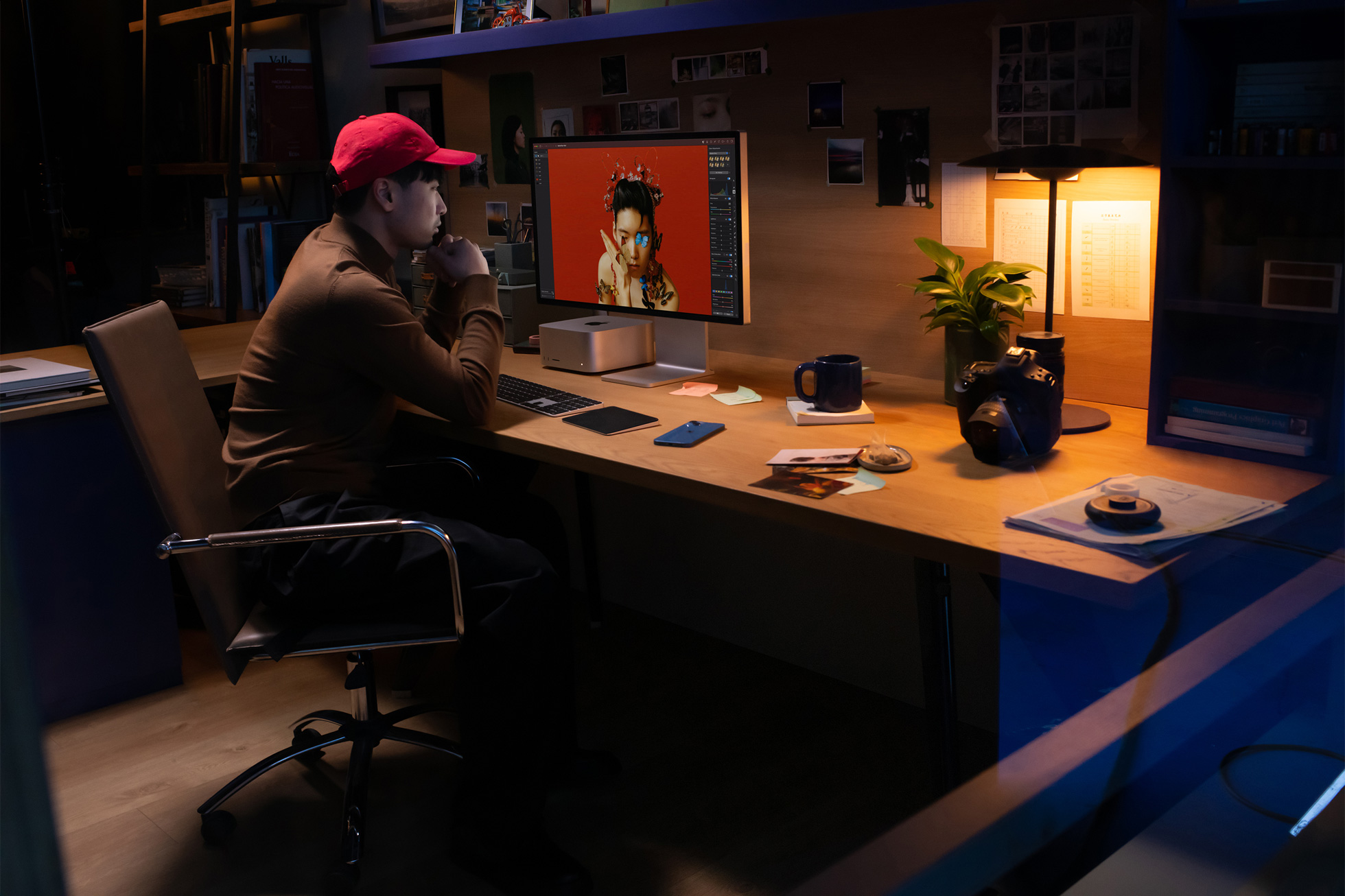
As we mentioned above, the monitor is powered by a fairly powerful Apple A13 Bionic chipset. By the way, it powers, for example, iPhone 11 Pro, iPhone SE (2020) or iPad 9th generation (2021). From this alone, we can conclude that this is not just any chip - on the contrary, it offers considerably decent performance even by today's standards. Its presence in the display may therefore surprise many people. Especially when looking at other apple products, where the presence of the chip is justified. We mean, for example, the HomePod mini, which uses the S5 chipset from the Apple Watch Series 5, or the Apple TV 4K, which is powered by an even older Apple A12 Bionic. We are simply not used to something like this. However, the use of the A13 Bionic chip has its own justification, and this novelty is definitely not just for show.
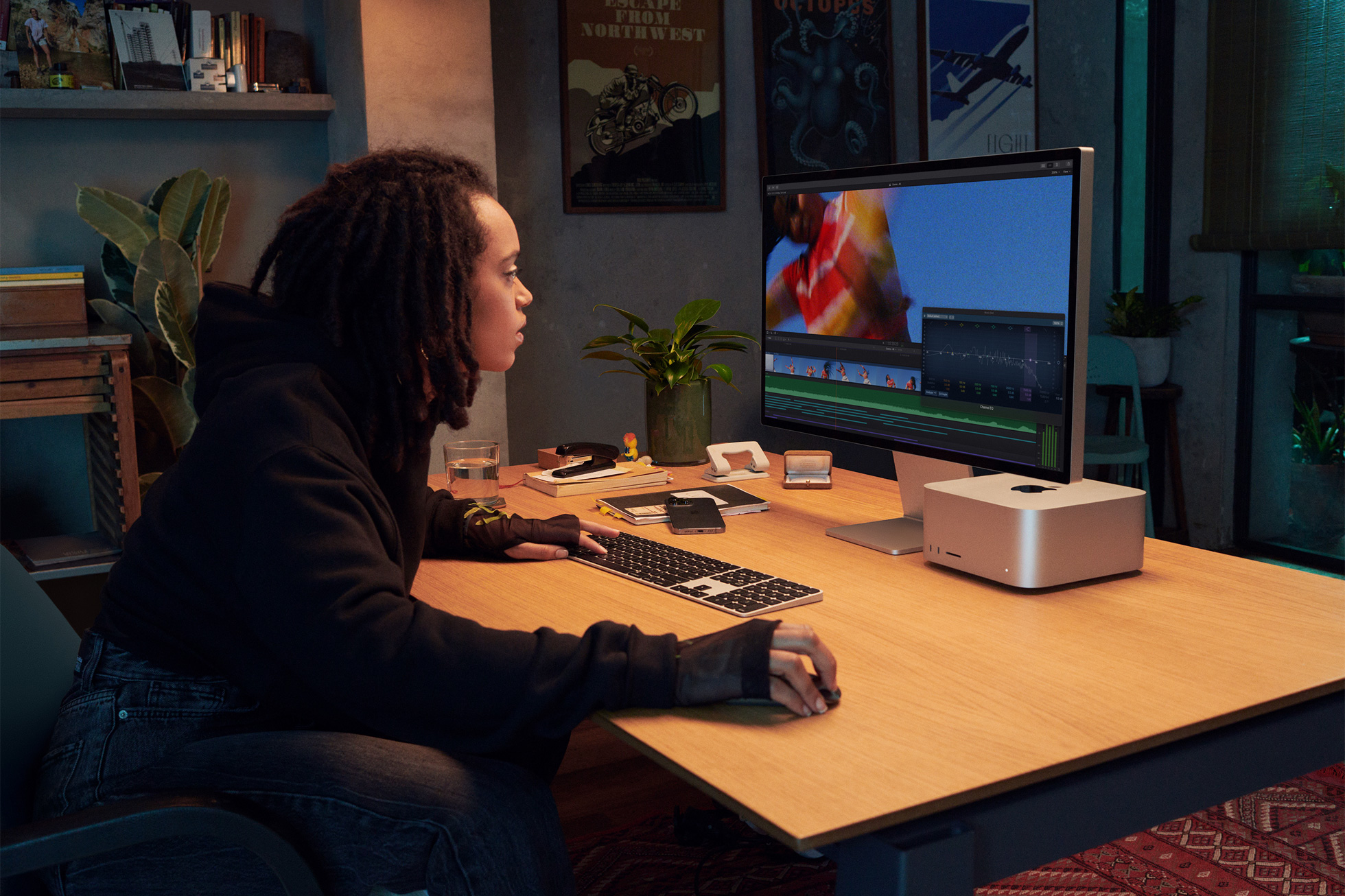
Why the Apple A13 Bionic beats in Studio Display
We already mentioned above that the Studio Display from Apple is not quite an ordinary monitor, as it offers several interesting functions and features. This product boasts three integrated studio-quality microphones, six speakers with Dolby Atmos surround sound support, and a built-in 12MP ultra-wide-angle camera with the Center Stage function. We first saw the same camera with this feature last year on the iPad Pro. Specifically, Center Stage makes sure you're always in focus during video calls and conferences, regardless of whether you're moving around the room. In terms of quality, it is also quite good.
And that is the main reason for deploying such a powerful chip, which, by the way, is capable of performing a trillion operations per second, thanks to a processor with two powerful cores and four economical cores. The chip specifically takes care of Center Stage and surround sound functionality. At the same time, it is already known that, thanks to this component, Studio Display can also handle voice commands for Siri. Last but not least, Apple confirmed another interesting fact. This Apple monitor may receive a firmware update in the future (when connected to a Mac with macOS 12.3 and later). In theory, Apple's A13 Bionic chip could eventually unlock even more features than are currently available. The monitor will hit the counters of retailers next Friday, or March 18, 2022.
- Newly introduced Apple products can be purchased, for example, at AlgeIn iStores whether Mobile Emergency
It could be interest you

 Adam Kos
Adam Kos 